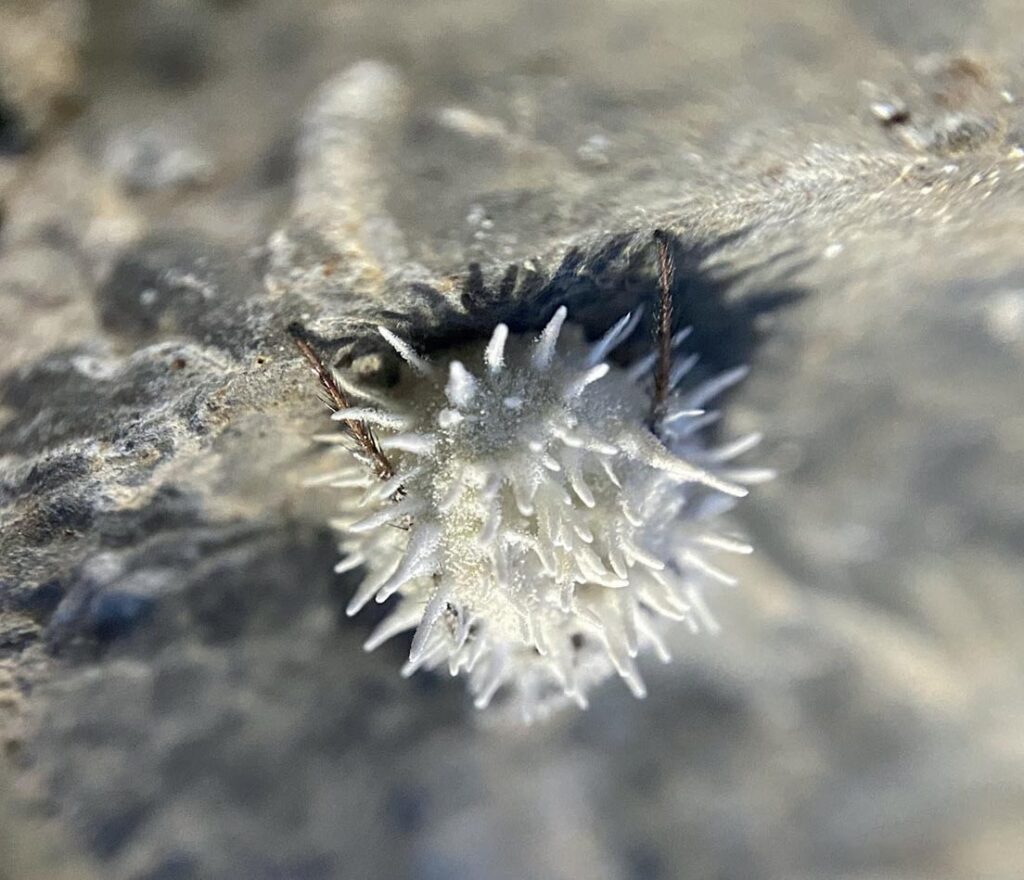A newly discovered parasitic fungus has been observed taking over spiders’ bodies, controlling their movements in a chilling display of nature’s eerie mechanisms.
Key Points at a Glance:
- Researchers have identified a fungus capable of hijacking spiders’ nervous systems, effectively turning them into ‘zombies.’
- The fungus, found in the Amazon rainforest, compels infected spiders to leave their nests and die in strategic locations for spore dispersion.
- Unlike similar fungi affecting ants, this species uniquely targets specific spider hosts, showcasing evolutionary adaptation.
- Findings contribute to the broader understanding of fungal-host interactions and potential ecological impacts.
A newly identified species of parasitic fungus has been found controlling the behavior of spiders in the Amazon rainforest, eerily compelling them to abandon their nests and relocate to ideal fungal growth sites before succumbing to their infection. The discovery, which mirrors similar phenomena in ants affected by Ophiocordyceps, expands scientific understanding of host-manipulating fungi and their evolutionary strategies.
The study, led by biologists specializing in parasitic interactions, observed spiders behaving erratically before the fungus ultimately consumed their bodies. The fungal spores attach themselves to a host spider, infiltrating its nervous system and gradually taking control of its motor functions. Once fully manipulated, the spider moves to a strategic position where the fungus erupts from its body, spreading new spores to perpetuate the cycle.
Unlike Ophiocordyceps, which famously turns ants into zombie-like carriers, this newly discovered fungus targets specific spider species, demonstrating an unparalleled degree of host specialization. Scientists believe this adaptation is crucial to ensuring fungal survival and efficient transmission in densely packed rainforests.

The discovery sheds light on the intricate relationships between parasites and their hosts, offering clues about the evolution of behavior-modifying pathogens. Understanding how these fungi develop and adapt to manipulate different species could have implications for broader ecological and evolutionary studies.
Moreover, researchers emphasize the potential impact on local ecosystems. Since spiders play a critical role in controlling insect populations, the fungal infection could lead to shifts in biodiversity, possibly affecting food chains within the Amazon.
Given the uniqueness of this fungal behavior, scientists plan to conduct further genetic and behavioral studies to unravel the precise mechanisms behind neurobiological manipulation. Researchers also aim to explore whether climate change and habitat alterations could influence the prevalence and spread of such parasitic fungi.
This discovery underscores the complexity of nature’s predator-prey relationships and highlights how much remains unknown about fungi’s role in ecosystem regulation. As studies continue, scientists hope to uncover potential applications in biotechnology, medicine, and even pest control strategies.